
5 minute read
FACTORY RECORDS
Factory Records was a Manchester based British independent record label, started in 1978 by Tony Wilson and Alan Erasmus, which featured several prominent musical acts on its roster such as Joy Division, New Order, A Certain Ratio, The Durutti Column, Happy Mondays, Northside, and (briefly) Orchestral Manoeuvres in the Dark and James. Factory Records used a creative team which gave the label and the artists recording for it, a particular sound and image. The label employed a unique cataloguing system that gave a number not just to its musical releases, but to artwork and other objects, as well. Wilson was a cultural reporter for Manchester’s Granada Television when in the mid-1970s he was given his own pop music show, So It Goes. He was galvanized by a 1976 Sex Pistols concert and booked the band on his show. Inspired by punk and the Buzzcocks, he decided to set up his own label, Factory Records, with Alan Erasmus, in the South Manchester suburbs, on Palatine Road. His business model couldn’t have been more different to that of the established music industry.
Advertisement
Wilson assembled a pool of talent to run the label. Martin Hannett, the old hippy who produced Spiral Scratch, would take care of the music and he recruited a talented art school graduate, Peter Saville, to create Factory’s distinctive look.
With all the elements in place, the question now was, would it work? Joy Division’s and Factory’s debut album, Unknown Pleasures, was to be the testing ground. ‘Unknown Pleasures’ was The first album released by Factory in 1979, at the same time that their manager Rob Gretto joined the label. The album received great critical acclaim, the band appeared on the front cover of the UK music magazine the NME and recorded a session for influential BBC DJ John Peel. Wilson credits this success with turning the label into a “true business”.
The Factory [1976] Peter Saville, Tony Wilson, Alan Erasmus
FACTORY RECORDS
The Team Behind Factory Records
TONY WILSON (20 February 1950 – 10 August 2007)
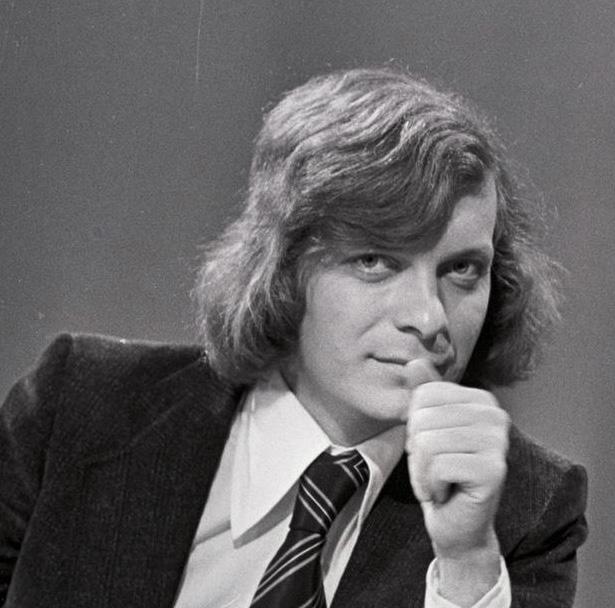
Was a British record label owner, radio and television presenter, nightclub manager, impresario and journalist for Granada Television and the BBC. Wilson was the man behind some of Manchester’s most successful bands. He was one of the five co-founders of Factory Records and the founder and manager of the Haçienda nightclub. Wilson was known as “Mr Manchester”, dubbed as such for his work in promoting the culture of Manchester throughout his career.
Wilson’s involvement in popular music stemmed from hosting Granada’s culture and music programme “So It Goes”. Wilson, who intensely disliked the music scene of the mid-1970s which was dominated by such genres as progressive rock and arena rock, saw the Sex Pistols at Manchester’s Lesser Free Trade Hall, in June 1976, an experience which he described as “nothing short of an epiphany”. He booked them for the last episode of the first series, the first television showing of their revolutionary British punk.
ALAN ERASMUS (1949)
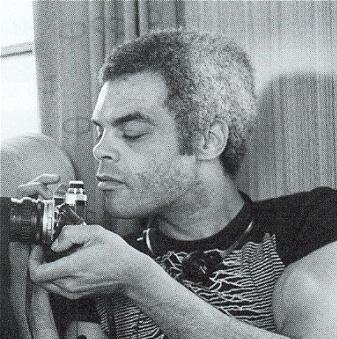
Alan Erasmus was the co-founder of Factory Records with Tony Wilson, which signed Joy Division and Happy Mondays. He also co-founded The Haçienda with Wilson, Rob Gretton and New Order, a famous Manchester nightclub which closed down in Summer 1997.
He started off his career as an actor, appearing in the British TV film Hard Labour by Mike Leigh.
He also managed the bands The Durutti Column and Fast Breeder. His public profile during and since Factory Records has been remarkably low.
MARTIN HANNETT (31 May 1948 – 18 April 1991)
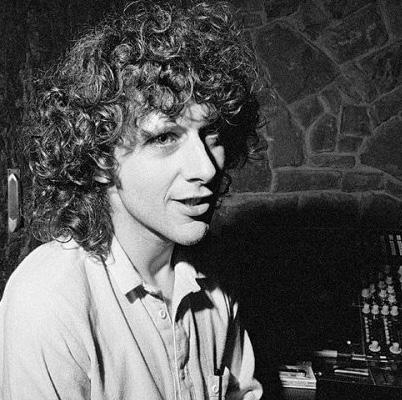
The old hippy who produced Spiral Scratch, would take care of the music
Was an English record producer and an original partner/director at Tony Wilson’s Factory Records. Hannett produced albums by a range of artists, including Joy Division, the Durutti Column, Magazine, John Cooper Clarke, New Order, Orchestral Manoeuvres in the Dark, and Happy Mondays. His distinctive production style utilized unorthodox sound recording and technology, and has been described as sparse, spatial, and cavernous.
Probably the best introduction to Martin Hannett’s psychosis is a quote from Peter Hook: “In the studio, we’d sit on the left, he’d sit on the right and if we said anything like ‘I think the guitars are a bit quiet, Martin, he’d scream, ‘Oh my god! Why don’t you just fuck off!’”
Fuelled by heroin and marijuana, Hannett was brilliant, elusive and difficult all in one. He would request the band to do take after take, but rather than explicitly saying what needed to happen, he would vaguely demand, “do it again, but this time, more cocktail party” or “more yellow”. Once he famously asked for another take “slower but faster”, all in the same breath. While some of his behaviour was merely wild eccentricity, occasionally his antics would become obsessive, verging on the edge of (or spilling over into) lunacy.
PETER SAVILLE (9 October 1955)

A talented art school graduate, who created Factory’s distinctive look.
Is an English art director and graphic designer. He came to prominence for the many record sleeves he designed for Factory Records, which he co-founded in 1978 alongside Tony Wilson and Alan Erasmus.
Peter Saville designed many record sleeves for Factory artists. He was highly inspired by chief propagandist for the New Typography, Jan Tschichold, about whom he read in Herbert Spencer’s Pioneers of Modern Typography.
In 1980, Saville designed cover for Joy Division’s last album, Closer. The album was released shortly after the punk-band member Ian Curtis’ suicide, featuring a controversial image of entombed Christ’s body. However, the cover was designed before the tragic loss of the band which was later proved by the rock magazine New Musical Express working on the feature based on the album, several months earlier.
During 1980s Saville’s work took a turn from conventional graphic designing to unorthodox. A well-known design critic Alice Twemlow described Saville’s designing practice as that he would irreverently pick an image from some historical art and then de-contextualize and recontextualize it in another art.
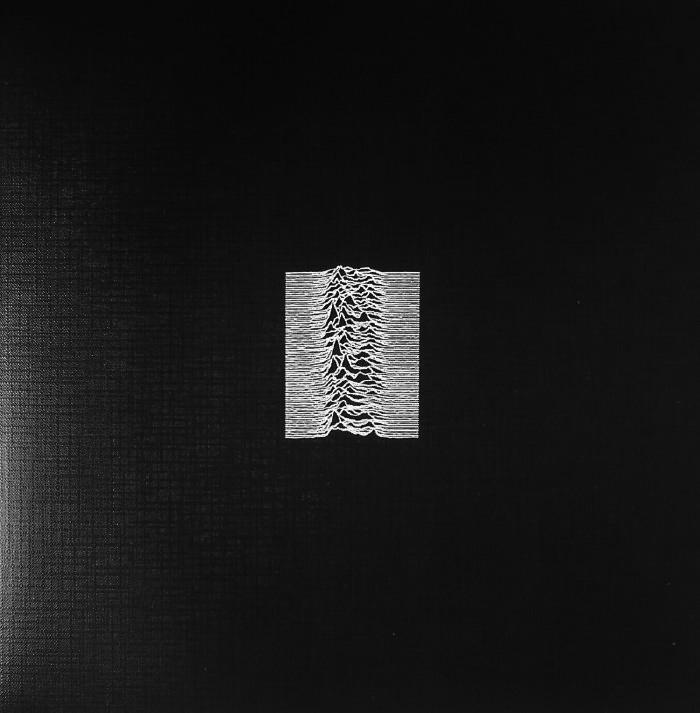
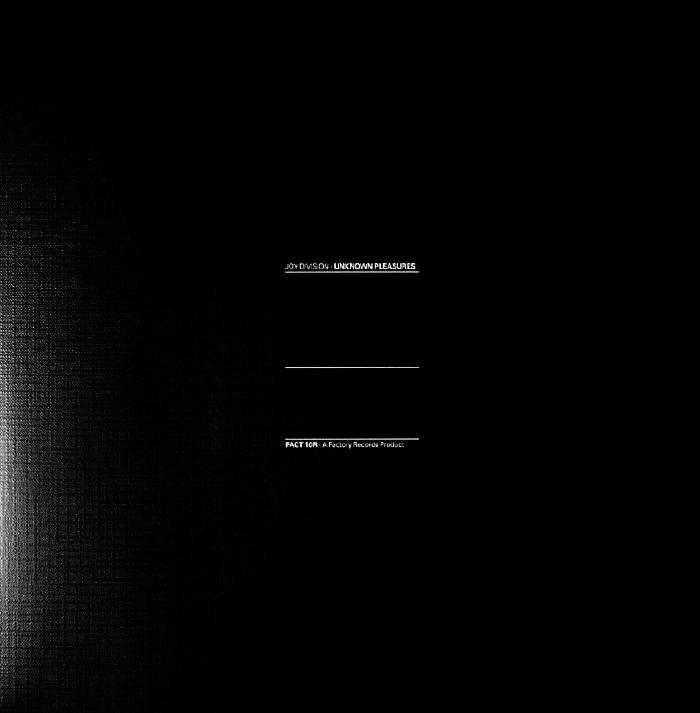

Unknown Pleasures record and sleeve front, back and poster [1979]








